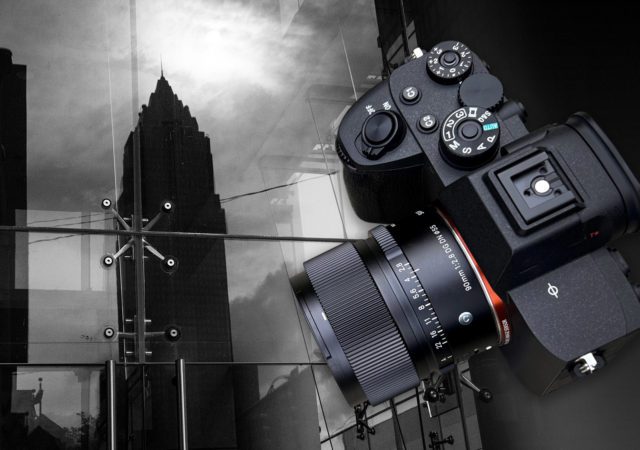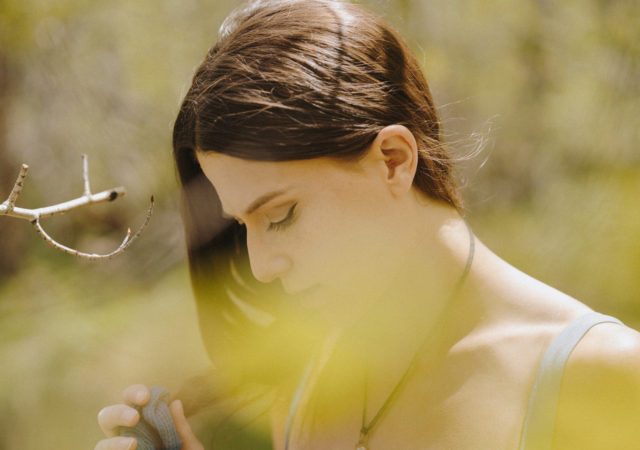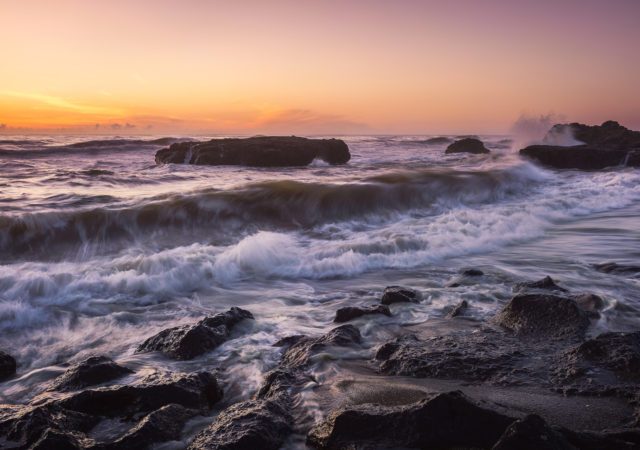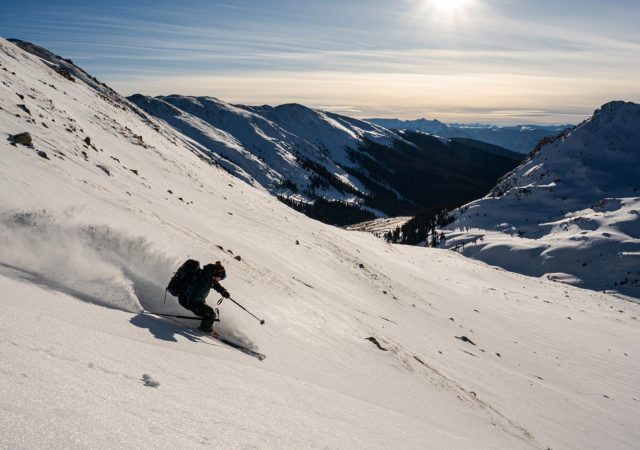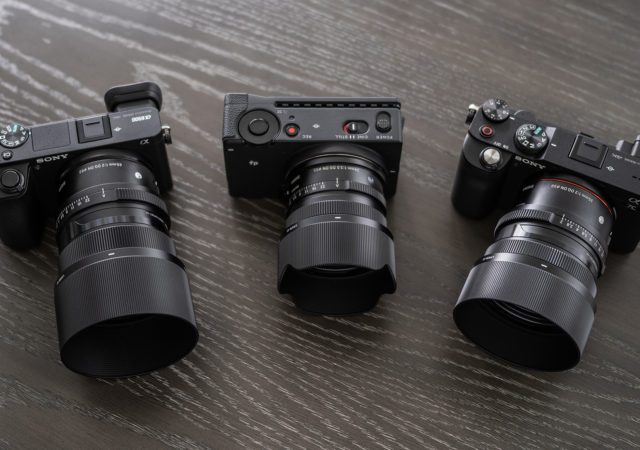Getting out of your comfort zone is a great exercise for photographers, and for SIGMA Ambassador Heather Larkin, exploring a big city entirely in black and white is about as far from the norm as it gets. See how Heather put a trio of ultra-portable SIGMA I series prime lenses to use on her first trip to New York City.
SIGMA I series Lens Road Trip – Reflections in Verse
With SIGMA I series lenses by his side, touring music photographer Adam Elmakias went off the grid for some rest and relaxation… but not so far that he didn’t feel the need to write some lyrics. Experience the I series through verse as Adam takes them across the western U.S.
Tour the Gorgeous Pacific Northwest with the SIGMA fp L Camera & I series Prime Lenses
When landscape photographer Darren White needed to lighten his pack, he put the new SIGMA fp L camera and I series prime lenses to the test, capturing 61 megapixels of beautiful scenery throughout the Pacific Northwest… all with just over 3 pounds of gear!
First Look: SIGMA 24mm F3.5 DG DN | Contemporary Lens
Capturing epic wide-angle shots doesn’t mean you need to carry a big lens. SIGMA Ambassador Liam Doran took the extremely compact 24mm F3.5 DG DN | Contemporary lens out in the field, and came home with some wide-angle landscape and action photos showing that this I series lens can punch well above its weight class.
Pairing SIGMA I series Lenses with Compact Mirrorless Cameras
The stylish, all-metal SIGMA I series lenses make good on the “smaller and better” promise that mirrorless converts have been looking forward to for years.

